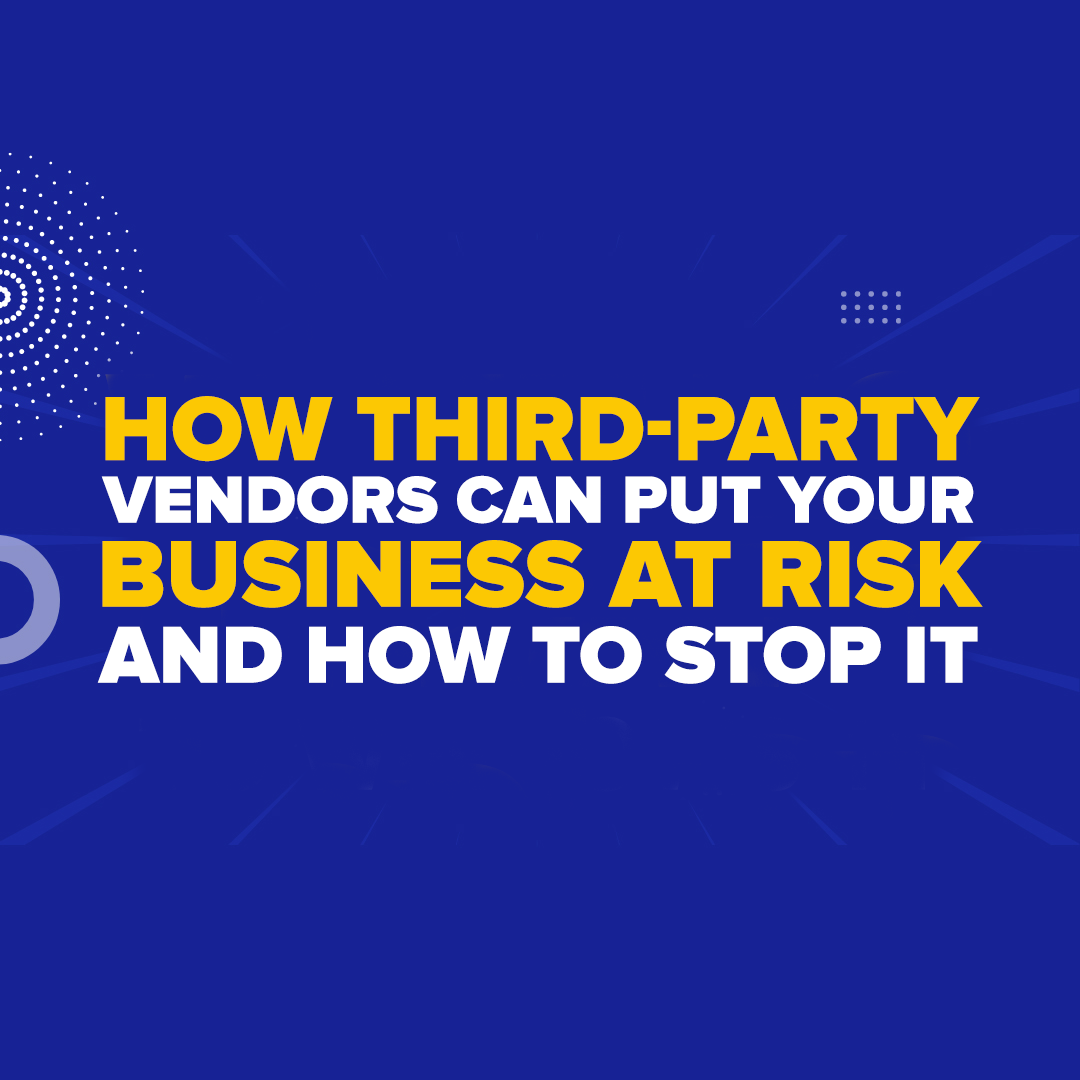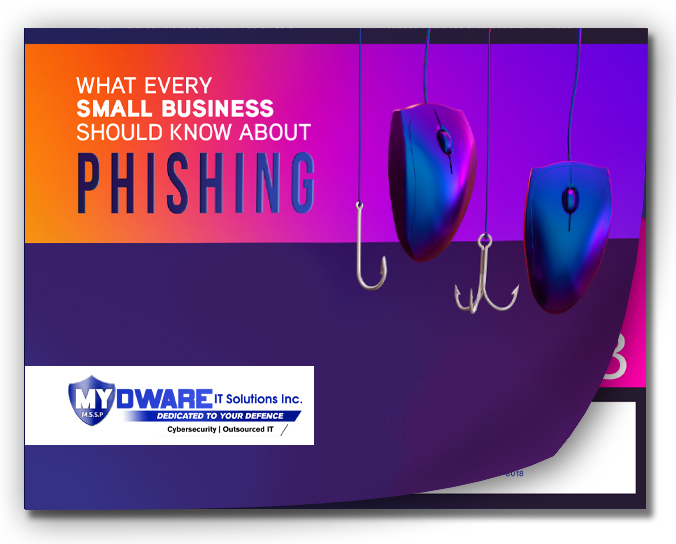 Businesses rely on third-party vendors for essential services, but these partnerships can introduce major security risks. If a vendor suffers a cyberattack, your company’s sensitive data could be exposed, leading to financial loss, regulatory penalties, and reputational damage.
Businesses rely on third-party vendors for essential services, but these partnerships can introduce major security risks. If a vendor suffers a cyberattack, your company’s sensitive data could be exposed, leading to financial loss, regulatory penalties, and reputational damage.
Understanding and managing these risks is crucial to maintaining a secure business environment. To identify if your business is at risk, it’s better to take our completely FREE cybersecurity risk assessment!
4 Ways How Third-Party Vendors Can Compromise Your Security
Working with external partners means sharing access to critical systems, software, and data. If your vendors do not have strong cybersecurity measures in place, they can become an entry point for hackers. Here are the top risks businesses face:
1. Uncontrolled Third-Party Access
Vendors often need access to your systems to provide services. If their credentials are compromised, cybercriminals can exploit this access to breach your network. Poorly secured third-party accounts are a common attack vector for data breaches.
One example of this is Ticketmaster's data breach.
2. Weak Vendor Security Practices
Your cybersecurity is only as strong as your weakest link. If a third party lacks proper security controls, attackers can use them as a gateway to infiltrate your business. Without stringent security policies, your company is at risk.
3. Hidden Threats in Third-Party Software
Vulnerabilities in third-party applications or hardware can be exploited by cybercriminals. A single security flaw in vendor-supplied software can put your entire business at risk. Businesses need to stay vigilant about the security of the tools they rely on.
4. External Data Storage Risks
Many businesses use third-party cloud storage providers. While cloud solutions offer convenience, they also come with the risk of data breaches if security measures are inadequate. If a storage provider is compromised, your confidential business data could be exposed.
5 Best Practices for Managing Third-Party Risks
Taking proactive steps to secure your vendor relationships can prevent cyberattacks. Here’s how:
1. Thoroughly Vet All Vendors
Before working with a vendor, conduct a full security assessment, including background checks, compliance verification, and cybersecurity policies. Only work with partners that meet strict security standards.
2. Set Clear Security Expectations
Establish strong vendor agreements that outline security requirements. Ensure contracts include clauses mandating regular security audits, compliance with industry standards, and immediate breach notifications.
3. Maintain Open Communication on Security
Security should be a shared responsibility. Keep vendors informed about emerging threats and encourage transparency regarding their security measures. Regular check-ins ensure alignment on risk management.
4. Continuously Monitor Vendor Security
Threats evolve constantly, and a one-time security check is not enough. Implement ongoing monitoring with vulnerability assessments, penetration testing, and regular security audits to identify potential weaknesses.
5. Have an Incident Response Plan in Place
Even with strong precautions, breaches can still happen. Develop a response plan that includes roles, responsibilities, and clear communication protocols for handling vendor-related security incidents. Conduct regular drills to test response effectiveness.
Take Control of Your Cybersecurity Today
At MYDWARE IT Solutions Inc., we specialize in helping businesses in GTA and Simcoe County secure their third-party relationships. Contact us today for a comprehensive risk assessment and ensure your business is protected from evolving cyber threats.
Darryl Cresswell
CEO & President
MYDWARE IT Solutions Inc.




